
Exfoliation can help keep your skin looking soft and fresh, but there are a number of options to exfoliate both the face and body. Scrubs for the face and body remove dead skin by suspending coarse ingredients in a moisturizing or cleansing base. Skin brushes, loofahs or sponges allow you to use the face or body product of your choice. Both scrubs and brushes come in various levels of coarseness, from quite gentle to much harsher.
Function
Exfoliating scrubs and brushes serve the same basic purpose. Exfoliation removes the upper layers of dry, dead skin cells. Both scrubs and brushes are mechanical, as opposed to chemical exfoliators. After exfoliation, the skin looks refreshed and feels softer. Your skin will not only look better, but also absorb moisture more easily, according to the Consumer Guide to Plastic Surgery.
Types
Several options exist for mechanical exfoliation, and the best option for you will depend on your skin type and the area of the body you will exfoliate. Brushes range from soft to coarse and can be used either dry or wet on the face or body. Exfoliating scrubs use sugar, salt, polyethylene beads or a variety of natural materials to remove dead skin and may have very large scrubbing particles or much smaller ones. You may want to use an exfoliating scrub on your face and a body scrub for your arms and legs, then a coarse brush for your back to take advantage of each option.
Considerations
It is important that you choose a method of exfoliation that is right for your skin. Choose scrubs or brushes designed for the face or body, but do not use the same product on both, suggests MamasHealth.com. Finer grit scrubs are appropriate for sensitive, acne prone or dry skin. A soft gentle brush is a suitable choice for more delicate skin, particularly facial skin. If you have especially sensitive skin, you may find that a soft brush or homemade scrub is a better choice than harsher commercial products.
Method
Scrubs should be applied to clean, wet skin. Brushes may be used wet or dry. Exfoliate in small circular motions, whether you use a scrub or brush, suggests the women's online magazine, WomanJunction.com. Wipe dead skin cells off in a vertical motion, then rinse well. Very gentle exfoliation is appropriate daily, but deep exfoliation should not be done as frequently.
Warning
If you have normal or oily skin, you may find it easy to choose an appropriate exfoliating product, whether you prefer a brush or scrub. Opt for an especially gentle exfoliating method if you have acne. Dry skin may be irritated by exfoliation scrubs, reports the Consumer Guide to Plastic Surgery. If you have concerns, your doctor or skin care specialist may be able to help you choose products that best suit your skin.
Related Articles

How to Get Rid of All the Tiny Embedded ...

How to Exfoliate Legs for Shaving
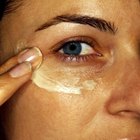
The Best Facial Moisturizer That Won't ...

Loofah vs. Pouf
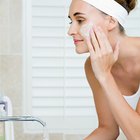
What Is the Difference Between Oily & ...

The Best Ways to Get Dead Skin Off of ...

Makeup Tricks to Hide a Sagging Chin
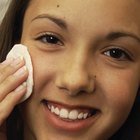
How to Use a Toner on the Face
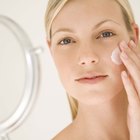
How to Get Rid of Fine Blond Hair on My ...

Tips on Moisturizing Skin Overnight

How to Get a Closer Electric Shave
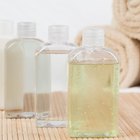
How to Use Shower Gel
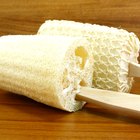
How to Exfoliate With a Loofah
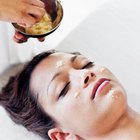
How to Make Body Scrub With Olive Oil & ...

How to Get Dark Ankles Lighter

How to Take Care of Your Skin in a Hot ...

How to Have Nice Knees
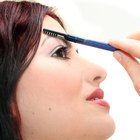
How to Do Eyebrow Makeup
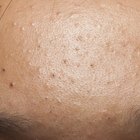
Lava Soap for Acne

Advantages and Disadvantages of Using ...
References
Writer Bio
With a master's degree in art history from the University of Missouri-Columbia, Michelle Powell-Smith has been writing professionally for more than a decade. An avid knitter and mother of four, she has written extensively on a wide variety of subjects, including education, test preparation, parenting, crafts and fashion.
Photo Credits
facial mask image by sasha from Fotolia.com